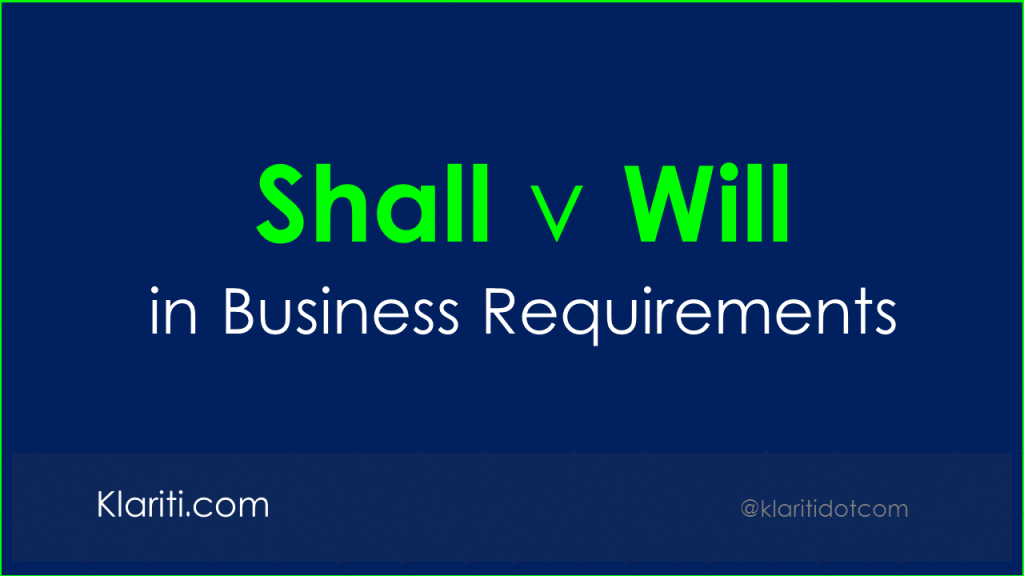If you work as a Business Analyst, you’re probably asking yourself “How can I find some practical ways to use AI for the work I do? Here’s 3 ways to do this.
Instead of using an LLM as a ‘fast food’ content generator, look for ways to collaborate with it. If you follow these guidelines, your material will avoid the tell-tale giveaways you see in generic AI material.
Showcase your green energy achievements with our new Case Study Template, designed specifically for the industry. This MS Word template includes a 15-page pre-formatted document and a 21-page writing tutorial, providing a clear structure and expert guidance.
Learn how to ensure your that documentation supports the overall objectives of the project or organization, and helps prioritize documentation efforts based on business needs and user requirements.
Learn how to setup Voice Type in MS Word so you can dictate your reports, emails, and essays.
In this article, I compared 5 different LLMS to see which is best are reviewing long documents over 100 pages.
The silent killer of project success? Mismatched expectations. You think you’re on the same page, but the dreaded “That’s not what I was expecting…” reveals a difference in assumptions.
Even though I’m not that technical, I’ve been keen to see if it was possible to use Large Language Models (LLMs) for practical, everyday tasks. One area that piqued my interest was Excel formula generation.
White paper titles should be clear, concise, and attention-grabbing.
How do you choose the title of your white paper? Work backwards for a moment.
The quality of your screenshots affects how customers perceive your products, use your software, and deal with error messages.
The following guidelines can be applied to different types of technical and business documents. The final section provides screenshot guidelines for Android and iOS applications, for example, if you want to submit apps to Google Play or iTunes.
This tutorial explains how to write, format, and publish release notes. It also shares best practices, guidelines and examples from Dropbox and Salesforce.
Here are some guidelines that have helped me, tailored specifically for writing white papers—a format that demands clarity, credibility, and persuasion.
If you’re new to business writing, you’re likely eager to craft a compelling narrative that showcases your clients’ value proposition. However, even the most insightful analysis can fall flat without a strong conclusion. Think of this section as your final chance to leave a lasting impression on your readers.















